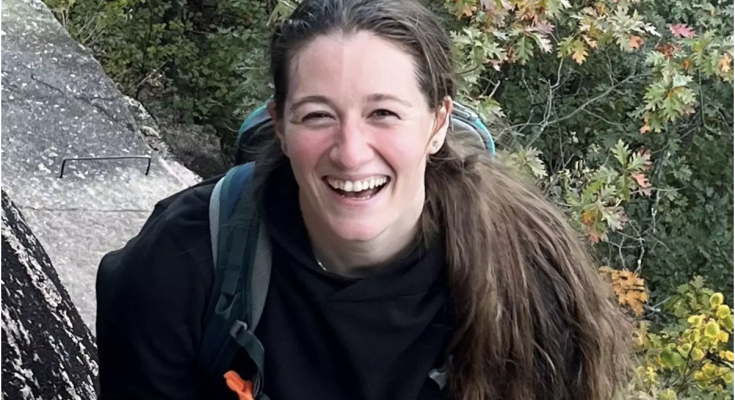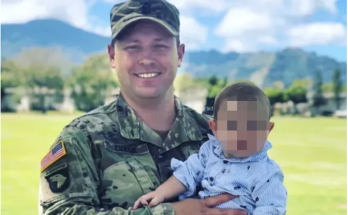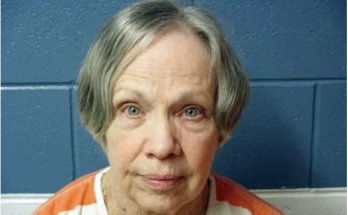“It was crew error, no doubt,” a current Black Hawk helicopter pilot tells PEOPLE. “But it wasn’t deliberate”
Questions are again being raised about the conduct of an Army helicopter pilot whose Black Hawk collided with a passenger jet over Washington, D.C., in January — killing 67 people in the worst aviation incident in the country in decades.
Months into the investigation, it remains unclear why the helicopter and its crew were acting strangely, though outside experts have suggested it was some kind of mistake.
The Black Hawk was flying too high and appears to have slammed directly into the larger craft despite repeated warnings and despite the crew saying they could see the jet — American Airlines Flight 5342, which carried 64 passengers and crew on board — and were going to go around it.
A New York Times article published on Sunday, April 27, reported that the helicopter pilot, Army Capt. Rebecca Lobach, did not seem to be “suffering from health issues” or have a medical emergency at the time of the crash, on the evening of Jan. 29, just outside Ronald Reagan Washington National Airport.
Lobach, 28, was in the pilot’s seat as part of a yearly assessment, according to the Times.
The Black Hawk had a three-person crew, including Chief Warrant Officer 2 Andrew Eaves and 28-year-old Staff Sgt. Ryan O’Hara.
Eaves, 39, was the instructor, the Times reported.
Sunday’s story included another odd detail: About 15 seconds before impact, Lobach was told by her instructor that air traffic controllers wanted them to turn left toward the river bank, which would have conceivably moved them even further out of the way of the incoming plane.
But Lobach did not do that, according to the Times.
:max_bytes(150000):strip_icc():focal(722x410:724x412):format(webp)/Rebecca-Lobach-tout-020125-6b2c69301d9a45e0b284f52e714abf13.jpg)
The National Transportation Safety Board has been investigating what went wrong since January, and Transportation Secretary Sean Duffy has said he thinks the tragedy was preventable.
Asked for comment about the Times’ article, an NTSB spokesman tells PEOPLE that the piece was based on documents released so far in the investigation, including a preliminary report.
“This was 100% crew error. No one thinks it was deliberate. It was a bad situation on a route that was a recipe for disaster,” a current Black Hawk pilot tells PEOPLE. “If you have to pin this on someone, it’s the instructor. He should have grabbed the stick. He has the authority to do that.”
“But,” the pilot adds, “we don’t know those final moments. He might have been reaching for the stick. He might have been taking over when the crash happened. It was crew error, no doubt. But it wasn’t deliberate. I’m sure of that.”
Another experienced pilot, who also requested not to be quoted by name, echoes that assessment.
:max_bytes(150000):strip_icc():focal(661x479:663x481):format(webp)/dc-plane-crash-plane-wreckage-recovered-020425-9edc8d78b2714df0a0cca81a40c3b7a5.jpg)
“Yes, the pilot who was flying the aircraft made the mistake, but the buck stops with the instructor. He should have taken control,” they say. “I’ve done it myself.”
Citing other factors like potential issues with air traffic control and congestion around the airport, the second pilot adds: “A lot of things went wrong. … That’s why we have all these safeguards in place. It’s like Swiss cheese.”



